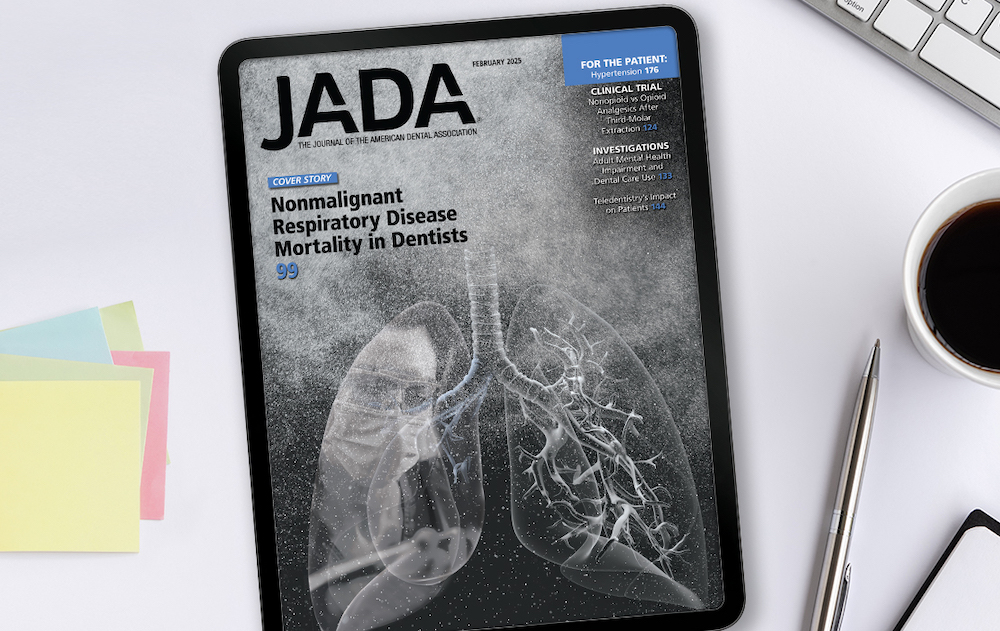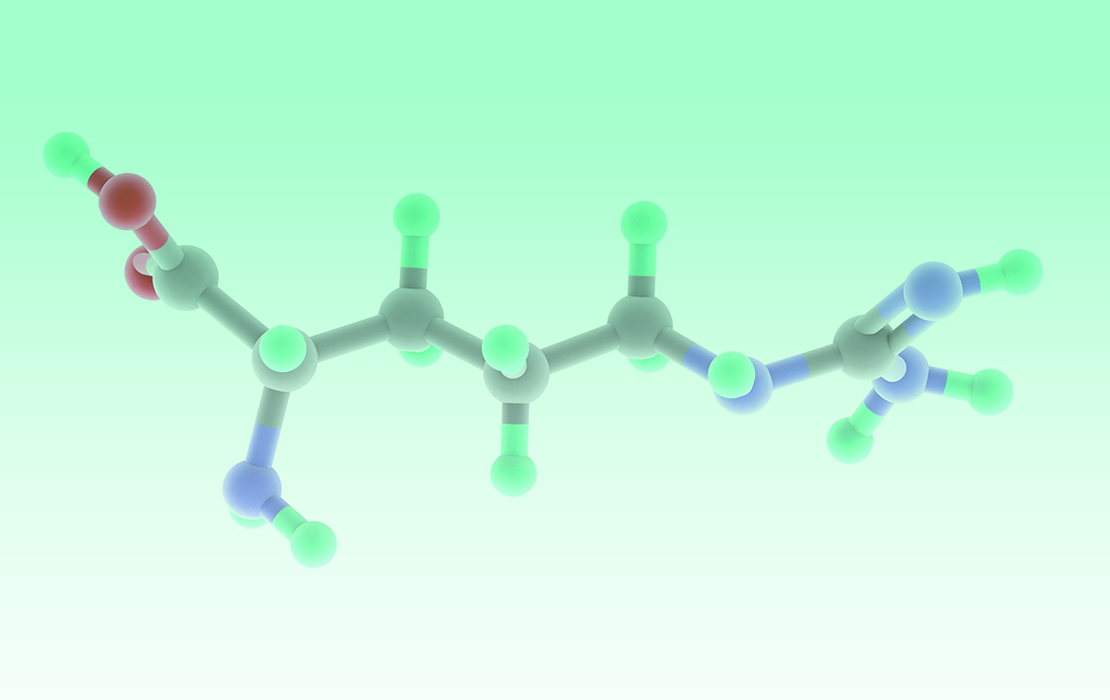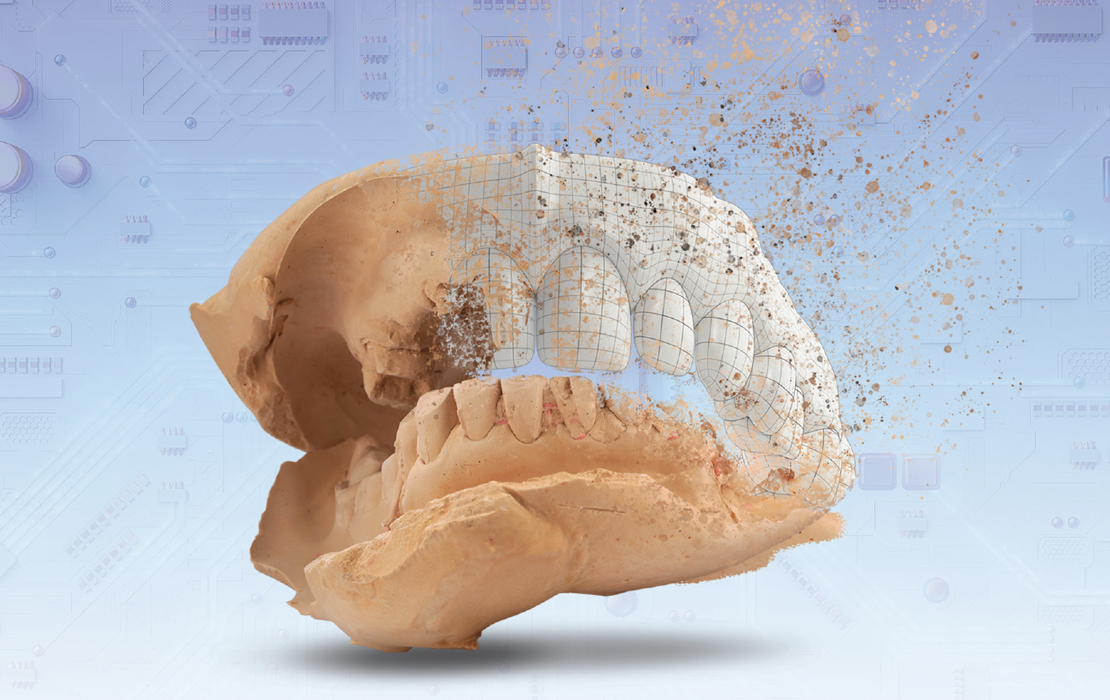February JADA examines respiratory disease-related deaths among dentists
Dentists can be exposed to dust from procedures

Existing engineering controls that reduce inhalational exposures during dental procedures might be inadequate, according to a study published in the February issue of The Journal of the American Dental Association.
“Dentists can be exposed to dust and nanoparticles from teeth, dental composites and metal alloys generated during dental procedures, and exposure to dust can cause respiratory diseases, including pulmonary fibrosis,” the authors wrote in the cover story, “Nonmalignant Respiratory Disease Mortality Among Dentists in the United States from 1979 Through 2018.”
The researchers calculated the proportion of deaths caused by nonmalignant respiratory diseases among 21,928 U.S. dentists who died from 1979 to 2018, finding 1,583 deaths, or 7.2%, resulted from nonmalignant respiratory diseases. For nonmalignant respiratory diseases overall, chronic obstructive pulmonary disease and pneumonia, the proportion of dentists who died from each of these causes was significantly lower than the proportion of the general population who died.
However, dentists’ proportionate mortality for underlying causes of death associated with pulmonary fibrosis was higher than the general population’s.
“Improved characterization of [inhalational exposures during dental procedures] could help inform more effective engineering controls,” the authors said in the study.
Other articles in the February issue of JADA discuss the opioid-prescribing patterns of oral and maxillofacial surgeons, adult mental health conditions and dental care use in the U.S., and oral manifestations of Crohn’s disease.
Every month, JADA articles are published online at JADA.ADA.org. ADA members can access JADA content with their ADA username and password.



